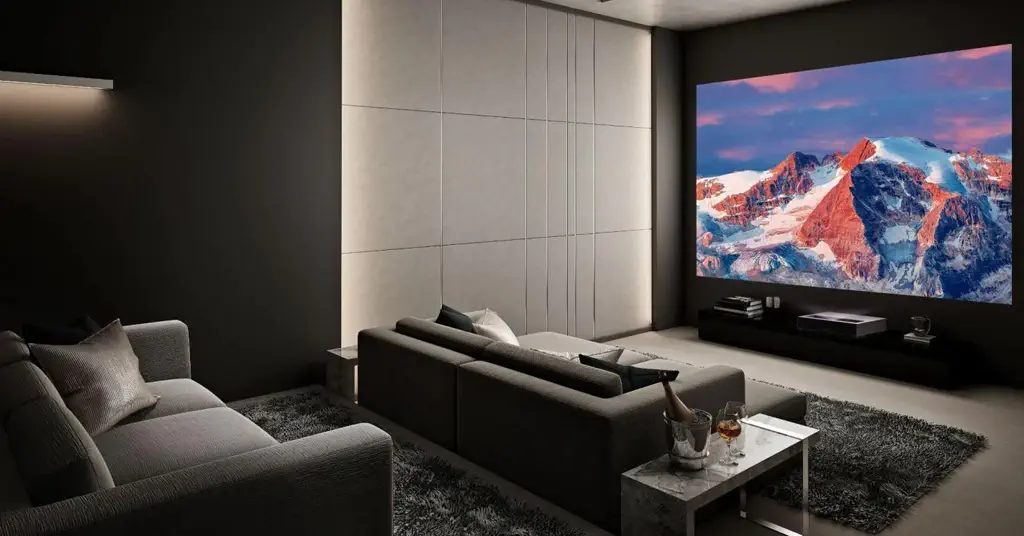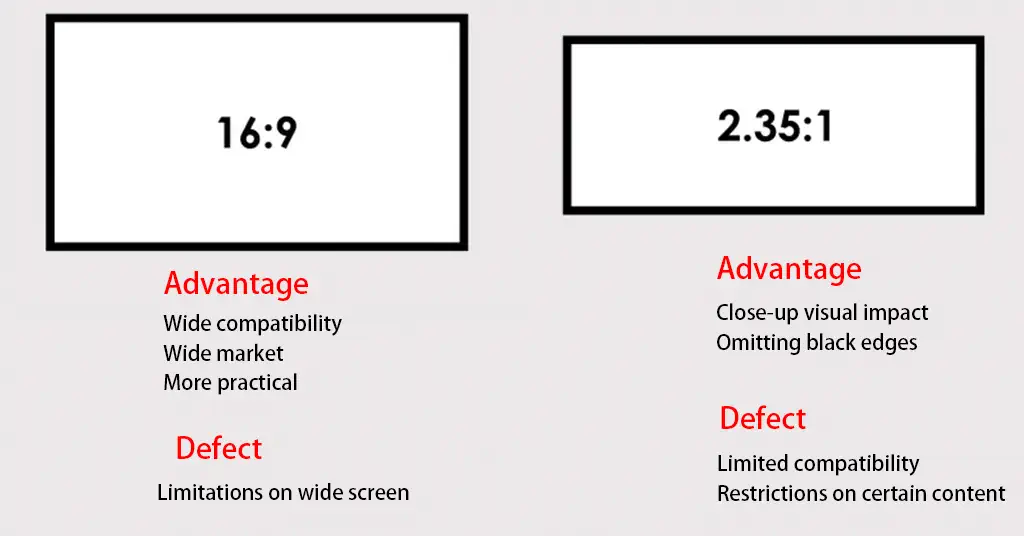The best screen shape for home theater LED screens
Home theater LED screens have become incredibly popular in recent years because they give you a better viewing experience than regular TVs. When you’re picking out the best screen shape for your home theater LED screen, there are a lot of things to think about. The shape of your screen affects how your setup looks and how much you feel like you’re part of the movie.
Screen shape just means how wide and tall your screen is compared to the image on it. Different types of screen shapes can be used for home theater LED screens, and each one has its own special qualities. It’s important to know about the different screen shapes and what they do so you can pick the best one for your home theater LED screen.
The most common screen shape for home theater LED screens is 16:9. This screen shape is a lot like the shape of modern widescreen TVs and works well for most movies and TV shows. But there are other screen shapes you can use, like 2.35:1 and 1.85:1, that make you feel like you’re at the movie theater. Which screen shape you choose depends on a lot of things, like what you like, how your room is set up, and how far you are from the screen. In the next sections, we’ll go over the different screen shapes you can use for your home theater LED screen and how they affect your movie-watching experience.
Table of Contents

The Best Screen Shapes for Home Theater LED Screens
16:9 Screen Shape
The 16:9 screen shape is a widescreen aspect ratio commonly used in home theater LED screens. It refers to the proportional relationship between the width and height of the screen. In simple terms, for every 16 units of width, the screen has 9 units of height. This aspect ratio is akin to the dimensions of high-definition television and is widely adopted in the industry. Understanding the 16:9 screen shape is crucial as it affects visual presentation and viewing experience.
The 16:9 screen shape offers several benefits for home theater LED screens. Firstly, it is compatible with various content, including movies, TV shows, and gaming. The aspect ratio closely matches the standard formats used in the film and television industry, ensuring that content is displayed as intended without significant cropping or distortion. Additionally, the 16:9 screen shape provides a more immersive experience by filling a larger portion of the viewer’s field of vision, enhancing the sense of being transported into the on-screen action.

2.35:1 Screen Shape
The 2.35:1 screen shape, the Cinemascope or widescreen aspect ratio, offers a panoramic viewing experience. It refers to the ratio between the width and height of the screen, where the width is approximately 2.35 times the height. This wider aspect ratio is commonly used in cinematic productions, allowing a broader canvas to capture breathtaking landscapes and immersive visual storytelling.
The 2.35:1 screen shape brings several benefits to home theater LED screens. Firstly, it closely matches the aspect ratio of many movies, providing an authentic cinematic experience in the comfort of your home. With the wider screen, you can fully enjoy blockbuster films’ epic scale and grandeur, witnessing scenes as they were intended to be seen. Additionally, the 2.35:1 screen shape minimizes the appearance of black bars on the top and bottom of the screen when playing content with this aspect ratio, maximizing screen real estate utilization.
Factors to Consider When Choosing a Screen Shape
Room Layout
The room layout is crucial when determining the optimal screen shape for your home theater LED setup. Factors such as the size and dimensions of the room, the placement of seating, and the distance between the screen and the viewers all play a role. By considering the room layout, you can choose a screen shape that maximizes the viewing angles and provides an immersive experience for everyone in the room.
Viewing Distance
The viewing distance is an important consideration that directly influences the perceived picture quality of a home theater LED screen. Selecting a screen shape that suits the viewing distance in your room is essential. A screen shape that complements the viewing distance ensures that viewers can comfortably see the details and nuances of the content without straining their eyes or losing picture quality.
Personal Preference
While technical considerations are important, personal preference should not be overlooked when selecting a screen shape. Some individuals may have a specific visual preference or aesthetic vision for their home theater setup. Choosing a screen shape that aligns with your preference is essential, as it will contribute to your overall satisfaction and enjoyment of the viewing experience.
Conclusion
In choosing the best screen shape for your home theater LED screen, we dig into the benefits of different screen shapes, how adaptable and how visually important they are to the viewing experience. From the popular 16:9 widescreen to the expansive 2.35:1 cinematic widescreen, each screen shape has its own unique advantages and scenarios. The optimal screen shape should take into account multiple factors such as audience needs, home theater space, compatibility with different types of content, and personal preferences.
For further details info ,pls contact [email protected]
Want to know more about the Audio Visual Solutions?
